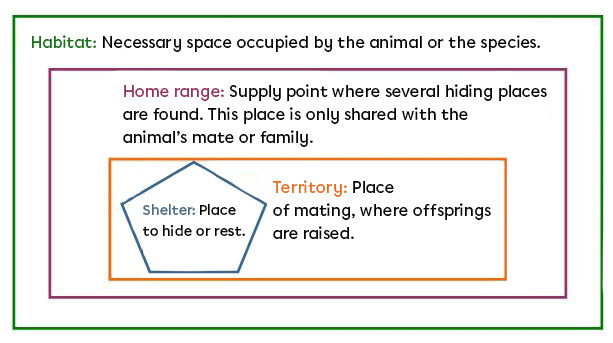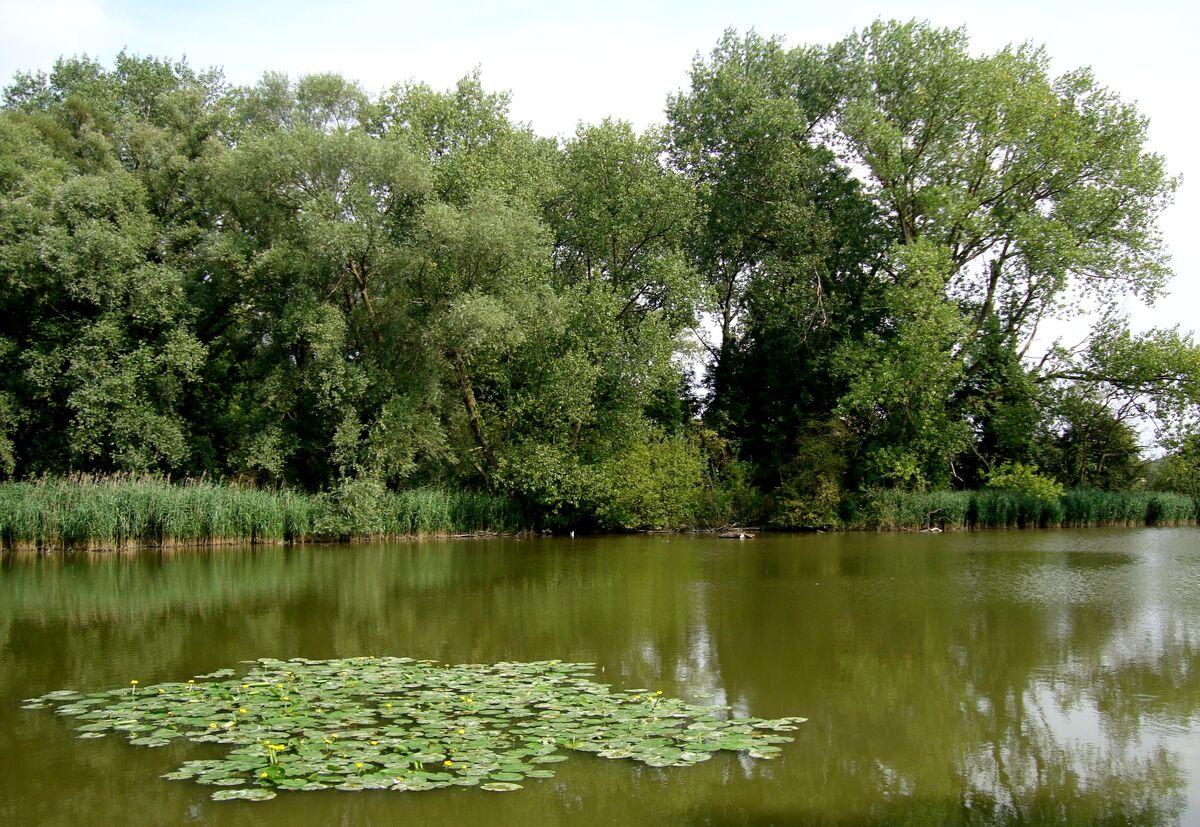Habitat is the part of an ecosystem in which an individual can meet their basic needs (food, reproduction, protection, etc.).
A habitat is characterized by biotic and abiotic factors. It must offer its inhabitants, among other things, a favourable climate (amount of precipitation, temperature, humidity, wind, etc.), available food (fauna and/or flora of the environment), and sufficient water. Furthermore, the organism that lives there should not have to spend a lot of energy to find food or to move through the environment. Finally, the habitat must provide a safe environment. A habitat can therefore be characterized according to a series of criteria – geographical location, climate, fauna, flora, proximity of human constructions, etc.
A swamp can be home to various animals such as frogs and great blue herons, as well as plants such as water lilies.
A swamp can be described as a wetland where the ground is covered with a shallow, stagnant (still) water surface. The body of water is usually covered with vegetation.
In the habitat, we find the home range, the territory, and the shelter.

The home range must be adapted to the animal's habits. It is determined according to the animal’s size. A small animal will not have the same home range as a larger animal. Finally, this vital area always takes into account the animal’s speed of displacement (its means of locomotion).
